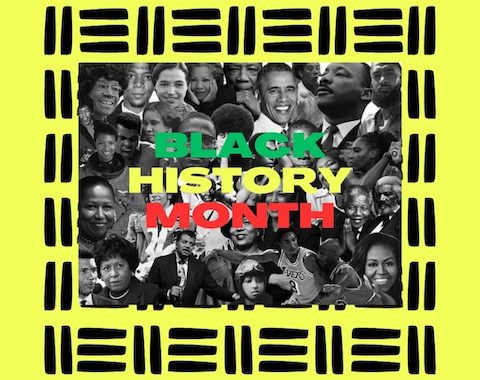
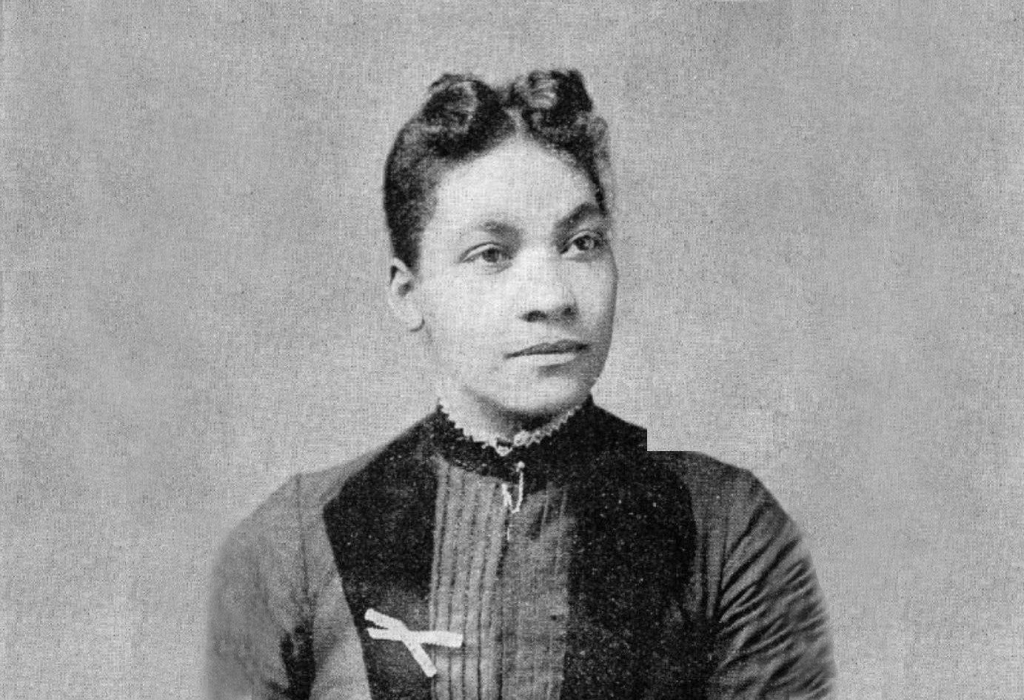
Dr. Rebecca Lee Crumpler
First Black woman in the United States to earn a medical degree. (Edited from National Institute of Health)
Crumpler was born in 1831 in Delaware. By 1852 she had moved to Charlestown, Massachusetts, where she worked as a nurse for the next eight years. In 1860, she was admitted to the New England Female Medical College. When she graduated in 1864, Crumpler was the first African American woman in the United States to earn an M.D. degree, and the only African American woman to graduate from the New England Female Medical College, which merged with Boston University School of Medicine in 1873.
Dr. Crumpler practiced in Boston for a short while before moving to Richmond, Virginia, after the Civil War ended in 1865. Richmond, she felt, would be “a proper field for real missionary work, and one that would present ample opportunities to become acquainted with the diseases of women and children.” She joined other Black physicians caring for freed slaves who would otherwise have had no access to medical care, working with the Freedmen’s Bureau and missionary and community groups, even though Black physicians experienced intense racism working in the postwar South.
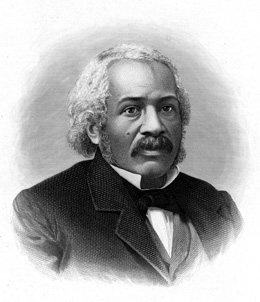
Dr. James McCune Smith
First African American to receive a medical degree (Edited from New York Historical Society)
After his graduation, James McCune Smith became the first African American to receive a medical degree. Unable to attend college in the United States because he was black, Smith entered Glasgow University in Scotland and earned three academic degrees, including a doctorate in medicine. When Smith returned to New York, his intellect and energy made him an instrumental figure in an emerging black community. A prominent abolitionist, Smith worked with Frederick Douglass to establish the National Council of the Colored People. He also maintained close ties to classmate Henry Highland Garnet, praising his incendiary speech urging slaves to rebel, even when other members of the abolitionist community objected strongly to Garnet’s sentiments.
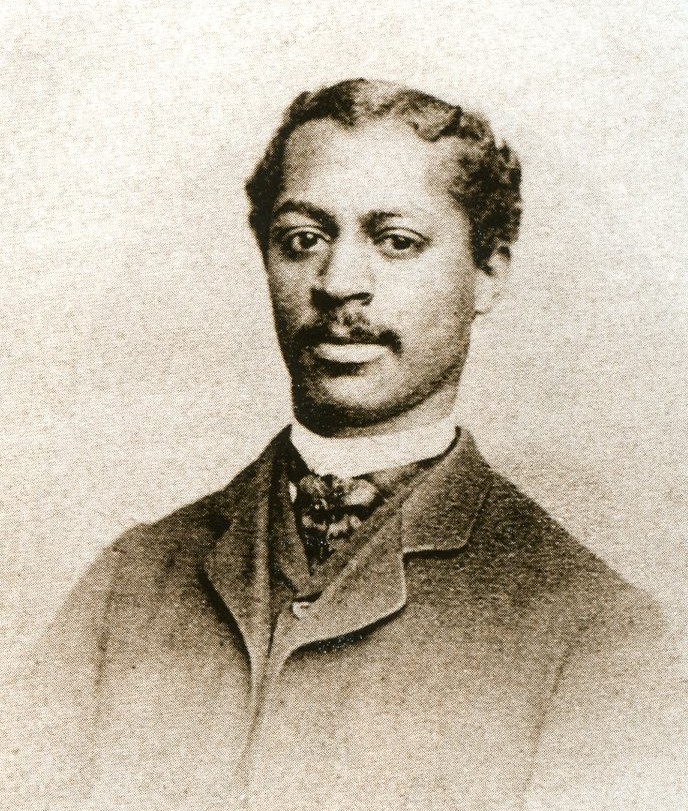
Robert Freeman Tanner
First Black Dentist (Edited from Harvard University)
Robert Tanner Freeman was the first African-American to receive a degree in dentistry from an academic institution. Freeman was born around 1846 in Washington, D.C. He trained under Dr. Henry Bliss Noble, who encouraged him to formally train for a dental career. Freeman applied to two schools, and was rejected on racial grounds.
He then applied to the Harvard Dental School after its founding, and in March of 1869, he was one of only six to receive the Doctor of Dental Medicine degree. After graduation, Tanner moved to Washington, D.C. and practiced dentistry until his death on June 14, 1873. The Washington Society of Colored Dentists, established in 1900, renamed itself in 1909 the Robert Tanner Freeman Dental Society in honor of America’s first African-American dentist.
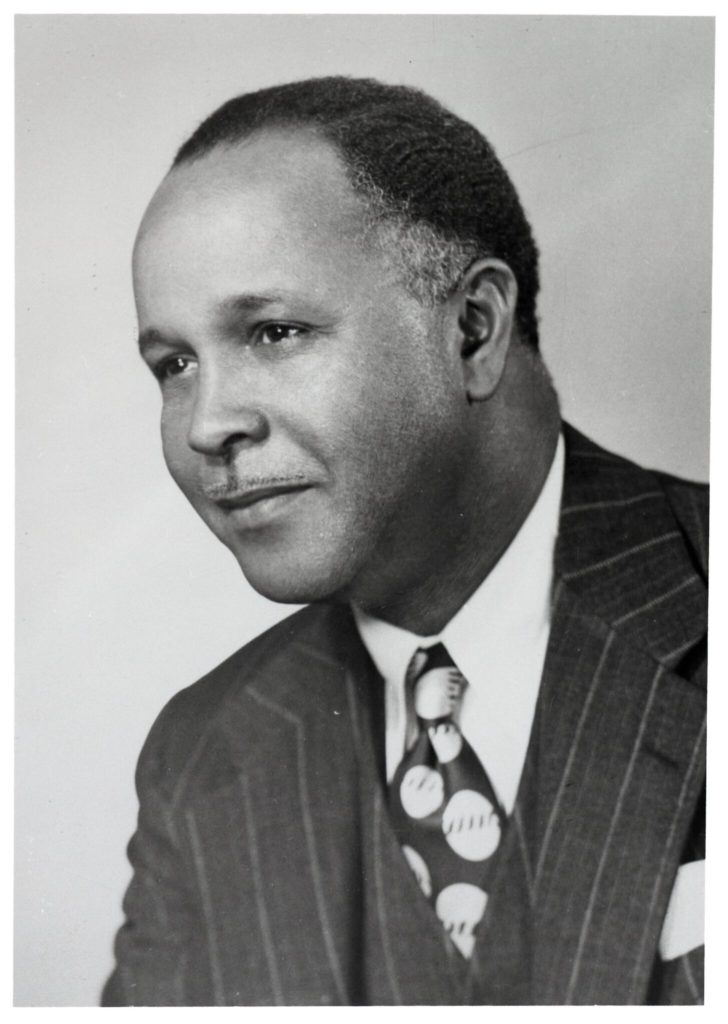
Dr. Percy Lavon Julian
First Black Chemist (Edited from “Nova” on PBS)
Dr. Percy Lavon Julian was the first Black chemist in the U.S. He born in Montgomery, Alabama on April 11 in 1899. Because Montgomery had no public high school for African Americans, he was instead forced to attend a teacher training school for African Americans.
In 1916, with just a tenth-grade education, Julian entered DePauw University, a largely white liberal arts school in Indiana. Despite having to take remedial courses to catch up to his white peers and experiencing considerable racial discrimination, Julian not only earned a bachelor’s degree in chemistry, he graduated Phi Beta Kappa and first in his class.
After teaching chemistry at Fisk University for a couple of years, Julian won a fellowship to continue his graduate work. In 1923, he became the first African American to earn a master’s degree in chemistry from Harvard University.
Julian eventually became an expert in synthesis, the highest calling for a chemist in the 1930s. In 1935 he produced synthetic physostigmine, which lead to a glaucoma drug. He the married Anna Johnson, the first African American woman to earn a Ph.D. in sociology in the U.S.
In 1939 he produced progesterone on an industrial scale.
In 1942 he extracted a soybean protein that lead to the development of a fire-retardant foam that saved thousands of soldiers’ lives in World War II.
In 1949 he synthesized Compound S, a major ingredient in low-cost cortisone.
In recognition of his contributions to society, Julian was named Chicagoan of the Year in 1950. But when he and his wife Anna and their two children moved to Oak Park, Illinois, a predominantly white, affluent suburb of Chicago, they encountered violent resistance. Despite attempts to intimidate them—their house was set on fire and firebombed—the Julians stood their ground and remained in Oak Park.
In 1953 he founded his own company, Julian Laboratories that produced synthetic hormones. He sold in 1961 for $2.3 million.
Julian received 18 honorary degrees and more than a dozen civic and scientific awards; he was the second African American elected to the National Academy of Sciences and the first chemist.
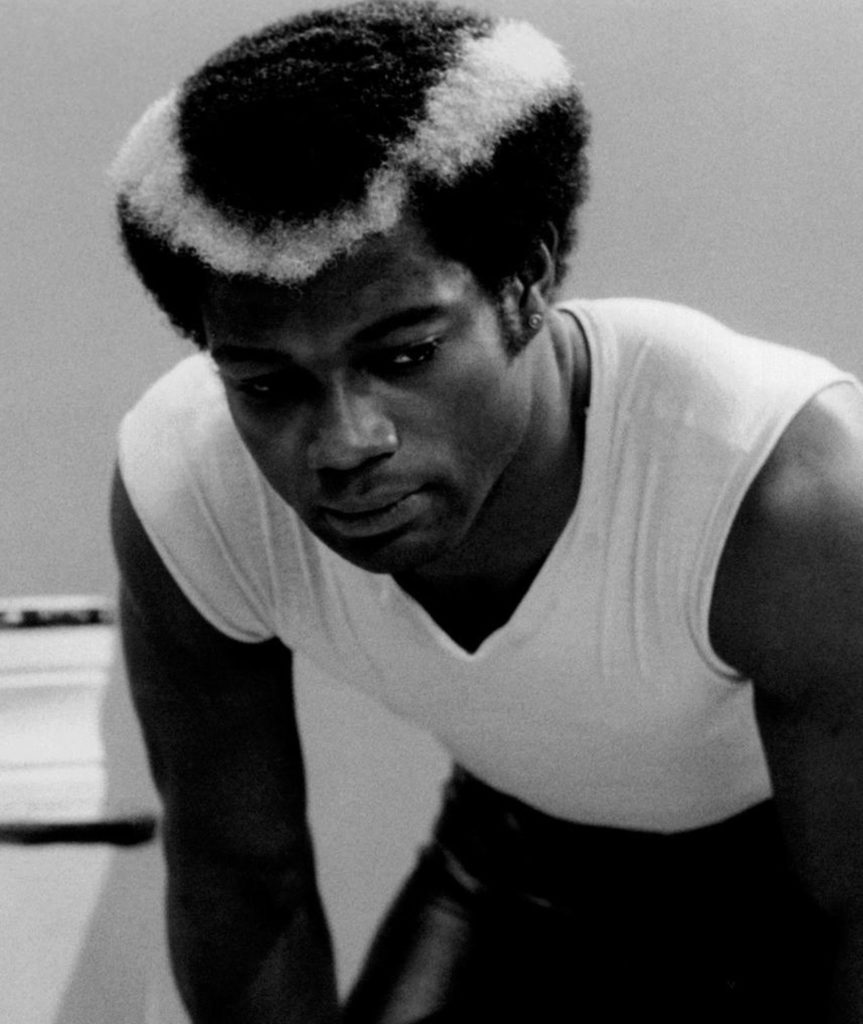
Tony Britts
Pionering Fitness Expert (Edited from several sources)
Tony Britts was a legendary fitness instructor and actor. He was born in Ghana on November 24th, 1955 as Anthony Menson Amuah.
Britts immigrated to Britain as a child and later started his fitness career. He began appearing on the BBC morning show, “Breakfast Time,” giving weekly fitness regimens to disco music in his segments called “Twice as Fit.”
As an actor, he has worked in movies and TV shows like “Jangles,” “The Cleopatras” and “Death Wish 3”.
When BBC began posting vintage exercise clips on Instagram at the beginning of the pandemic to encourage people to exercise, Britts went “viral” and his memes have become entrenched in American pop culture.
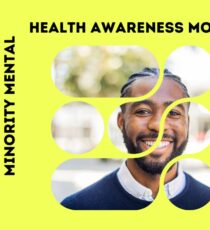
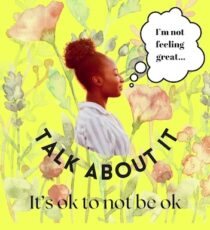
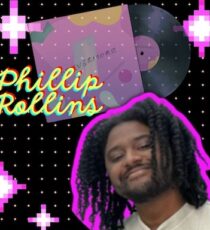
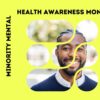


Social Menu